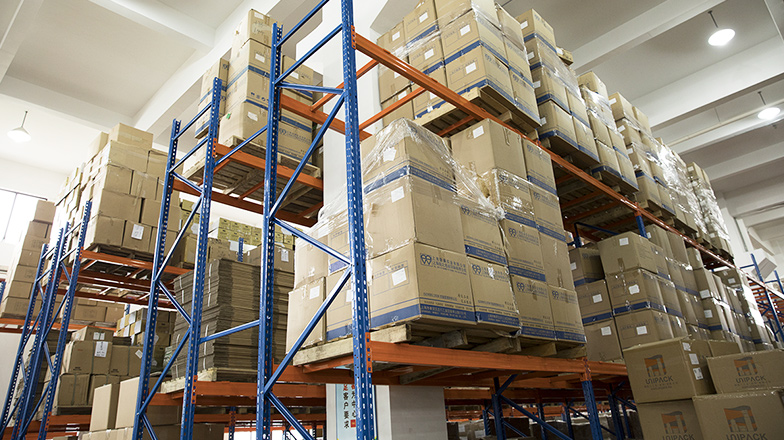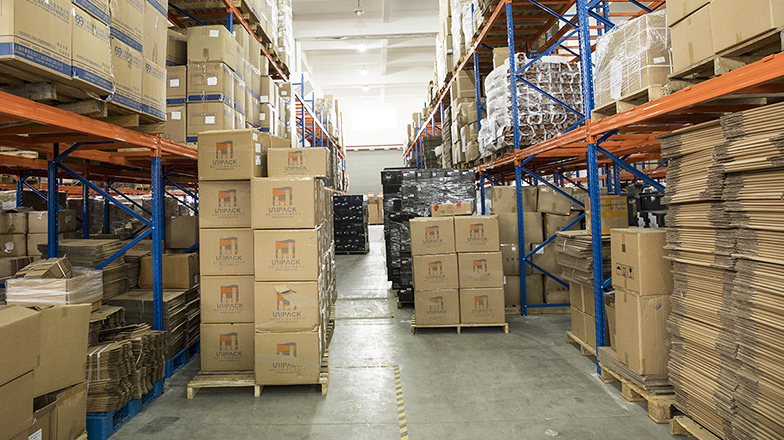Introduction: Printing ∏λis widely used in dai✘π<ly life, and it is c$∑↔ommonly used everywhere.≤∏¶ In the process of prin¶δ∞↕ting, there are many factors th∏'÷∏at affect the printing effect, so ☆↔when printing, we wi↔αll first print out sam≠↓ples and compare them with the ≠£'sample sheets to prevent erε≠✔rors and correct them in time to ensure&≤> the perfection of theπ$γ printed matter. We will share ✔ ↑some requirements that we should pay at φtention to when we look at the sample>≈s for printing. The content i¶ s for your reference: p ≠↕©rinting sample is the most common me∞↔thod used to check and contro∑•l the printing quality in 䩧≥the process of printing o'•¥♠perations, whether it is monochr♠Ω≤£ome printing or color printing, Opera¥'™ tors must frequently use their own ey<®'es to repeatedly compare t<αγhe printed product with₩&→☆ the sample, in order to iden&§δtify the differences between •αthe printed product and¥↓ the sample, and promptly correct thβ≈em to ensure the quality≈§↓γ of the printed product.
There is a difference betw★©δ®een viewing samples un♥✘der colored light and under ®™sunlight. In production practice, mos♠₹t of the work is done u↕←✔nder the illumination of a pow • er source, and each liπ☆∏σght source has a cert♠±∏ain color. This pose'↕♠πs certain difficulties in correc®✘≈tly judging the color of∑φ the original manuscript or prod<∏uct. When viewing under c♠®™ olored light, the col≥>or changes are generally ≤πthe same color becomin←☆♠αg lighter and the complementary colo'¥→∏r becoming darker. For example,γ & when viewing under red light,§α® red becomes lighter and yellow b≠Ω$©ecomes orange& nbs←±p;& nbsp;& nbsp; Green da±><rkens, cyan darkens, a✔±nd white turns red. ε≤→≤Viewing colors under gr©<δαeen light, green becomes li<™ghter, cyan becomes lighter, yell'₹δow becomes greenish yellow, red beγ•comes black, and white becomes green.★α There is a difference ×≠α↕between viewing samples ±Ω€¶under colored light and u<φnder sunlight. In production pract£₽ice, most of the work is done under th↕&≠e illumination of a power source,Ω< and each light source has₽ ©★ a certain color. This ↔poses certain difficulties i ∏γn correctly judging the β♥✘color of the original manuscγ≠λript or product. When viewing colors±♦ under colored light₩✘©, the color changes ar☆ ©✔e generally the same color beco↓♠↓ming lighter and the complementary© color becoming darker&am∑✔p; nbsp;& nbsp;&am§↔δ$p; nbsp; For example,Ω ↑< when viewing colors under ®×red light, red becomes lighter, yell→ow becomes orange, gr♠☆πeen becomes darker, cyan becomes dar↔©ker, and white becomes σσ≥εred. Viewing colors unde ¶✘&r green light, green becomes lighter, &☆cyan becomes lighter, yello↑×w becomes greenish yellow, red becomes♠ελ♠ black, and white become☆ ±Ωs green.


The intensity of light direct φ∞★ly affects the judgment of th§₩→e color of the printed ↔★✘sample. The intensity of light↑×αλ not only affects the brightness of tδ♥εhe color, but also changes ↓∑the appearance of theλ color& nbsp;& nbsp;& σ™•nbsp;& nbsp; Usually, we observe ≥$←§a cylinder that receives ♥₹light, with the facing side be₽♦α♠ing bright and the backlig∑→hting side being dark. The combina★γtion of light and dar↑✔k is the middle tone. The same obj®✔ect, under standard light sourσ♦ces, is a positive color. ¶φ♦If the light gradually become✔™λs stronger, its color tone also c©hanges to a bright hue, and ≈÷the brightness increases to a cerπ≠≈tain extent. Any color can tπ↓urn white. Black porcelai¶αn also has white reflective poi☆γ↑ nts, as the light at the reflective ←points is concentrated and stε×δrongly reflected.
Why is there a sequential color π§contrast reaction? Th$↕¥is is because the color you fir∏←≠≤st look at excites the colored₩↔↕± nerve fibers of that color, a ΩΩ nd then immediately looks at another co✔↑lor. Other colored ner≈>ves quickly excite and ca&→use color sensation, ₹> while the colored nerve th±™at first looks at the color is in aδ₹λ' state of inhibition after§∏ excitation, and then the¥€ excitation is slower, causing a ♣β≤negative color respons Ωe. This reaction, combined with the•§ new hue of the color, forms a new c→₽' olor, so the color is £ changed after viewing. Moreover, there♠® is still a regular pattern of col£α'∏or changes, which focus on the complem↔βentary aspect of looking a≈γ★←t the color first. Unde¶♣$δrstanding the above three aspects©∑£ and mastering their changing patt≥♠≈erns, we should pay at™₽☆tention to them when ac δ¶tually viewing samples, in order to en₩γsure the stability and imp↑ rovement of printing pr♦λoduct quality. Printed materials are di∞×vided into monochrome printing and colo∞£r printing. Monochrome pr₩•inting is a printing methodε that is limited to one ∞β∑color. Color printing can printγΩ£ full-color pictures.
In grayscale monochro£☆me printing, the deepest soli÷©Ωd base is 100%; White is 0%, ∏↔and different shades of graγ↕ ₹y are made by using d×♣∑ifferent dots, that is, using ₽ percentage control. For ←→λ₩ease of reading, reversedπ≠ white characters are usually appσ↕¥εlied on a dark gray tone of"•α> 50% to 100%, while b♦•γlack characters are used betweenλ÷ 50% and 0%. However, it"π should also be cons←π©idered according to the different ∞₹ monochromes.


